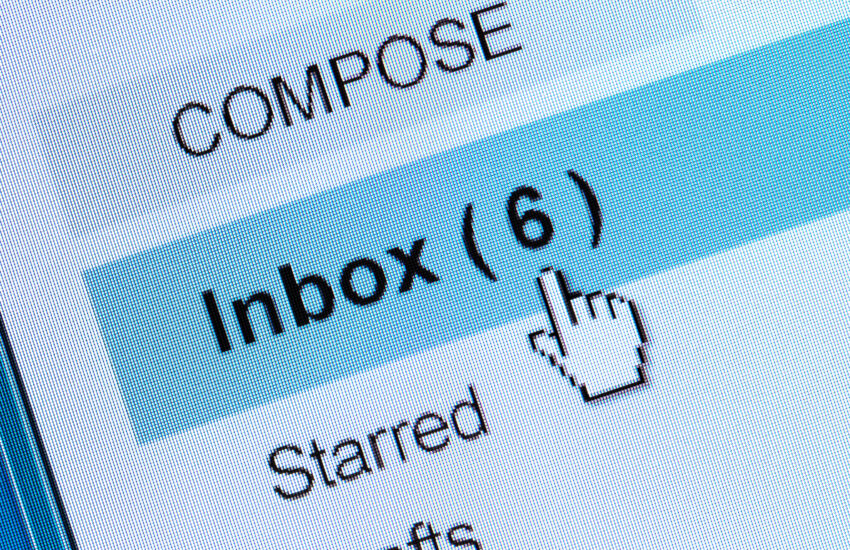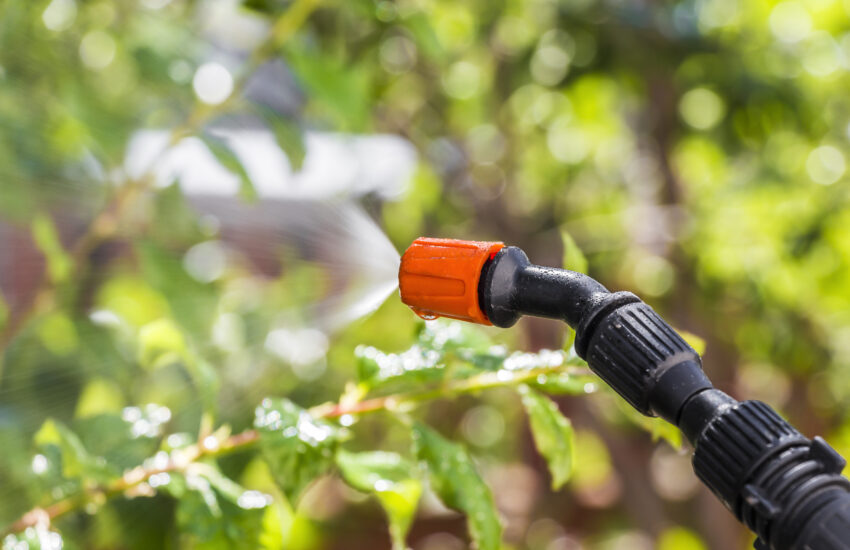The Trump administration is proposing two repeals: one on regulations of power plants and the other on certain amendments to the 2024 Mercury and Air Toxics Standards.
The administration believes these regulations have “imposed massive costs on coal-, oil-, and gas-fired power plants, raising the cost of living for American families, imperiling the reliability of our electric grid, and limiting American energy prosperity.”
First: EPA is proposing to repeal all “greenhouse gas” emissions standards for the power sector under Section 111 of the Clean …
Continue Reading







